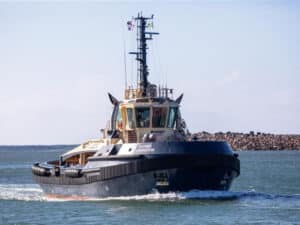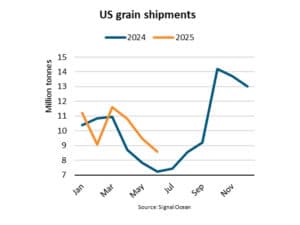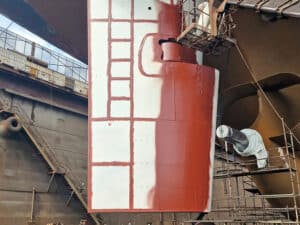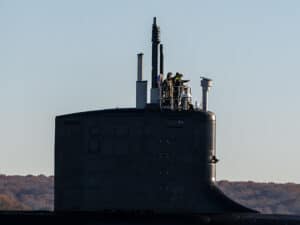
Offshore wind: U.S. still playing catch up
Written by Nick Blenkey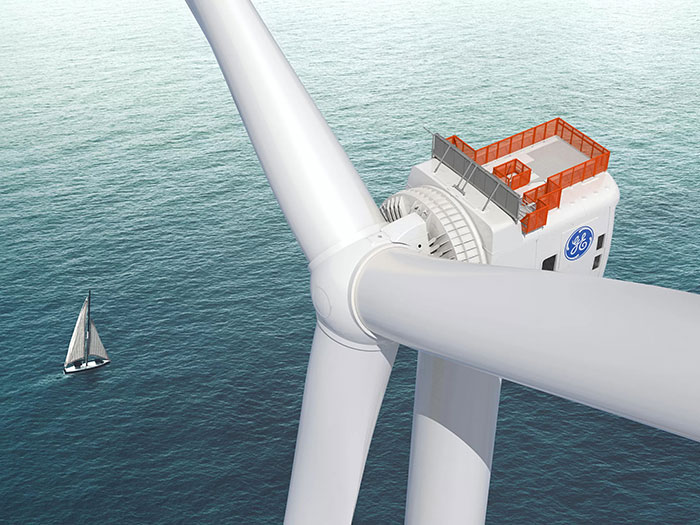
[Image: GE]
Worldwide, the offshore wind industry’s global installed capacity is set to exceed 250 gigawatts (GW) by 2030, driven by a surge in coming projects, a Rystad Energy report shows. The combined capital and operational expenditure for the decade is set to add up to $810 billion, signaling an increasing shift of investments from oil and gas to renewable energy technologies.
Europe, as the most mature market, is still expected to dominate offshore wind spending this decade, totaling about $300 billion. China dominated annual spending between 2019 and 2021 and, this decade, is forecast to spend about $110 billion. Outside of China, Asia is expected to see significant investments this year, driven by Vietnam and Taiwan. Spending in South Korea and Japan will also increase beginning in 2023 as more projects are lined up.
Meanwhile, says Rystad, the Americas region is falling behind. This, the Oslo-based consultancy says, is “due to the U.S. Jones Act” [never a popular piece of legislation in Norway] and “delayed permitting processes for the U.S. offshore wind industry, which are pushing back the expected start-up years for a number of wind farms.” The region is expected to spend just over $70 billion this decade on offshore wind projects—still a significant sum, but well below that of other global regions.
Rystad Energy expects North and South America will only start spending substantial amounts on offshore wind in 2023. The first large-scale project in the U.S. will be the 800-megawatt (MW) Vineyard Wind 1 scheme developed by Avangrid and the Copenhagen Infrastructure consortium off the coast of Massachusetts, with an estimated investment of $2.8 billion.
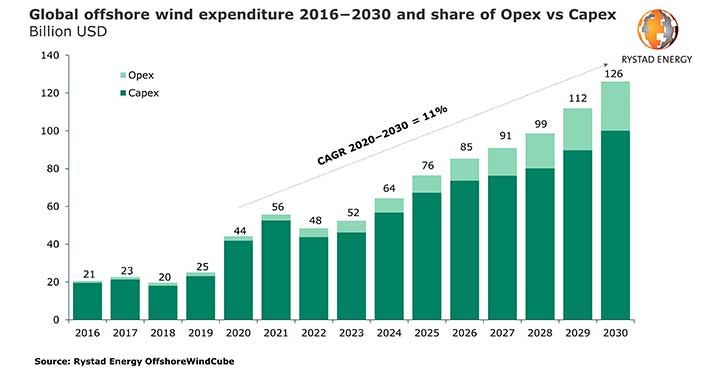
COSTS
Looking at the costs of offshore wind farm development, Rystad says turbine manufacturing costs represent the largest share of capex for offshore wind developments with almost 40% of total investments. Foundation manufacturing is the second major cost element for building an offshore wind farm, with a share of about 15% of overall capex during towards 2030. Rystad says “the share of foundation spending to capex should remain at the same level since we do not expect a significant influx of floating foundations this decade.”
Cable manufacturing, consisting of array and export cables, accounts for about 14% of the total capex. Combined with the cable installation cost, the segment weighs in at about 20% of capex. This cost is not expected to increase as we approach 2030, says Rystad, as larger turbines help reduce cable and installation costs despite projects moving increasingly further from shore.
“The colossal level of investments anticipated in the offshore wind industry this decade reflects the ambitious targets set by companies and governments alike,“ says Petra Manuel, offshore wind analyst at Rystad Energy. “As the market matures and economies of scale are achieved, investments could surge further, sparking even more installed capacity.”

